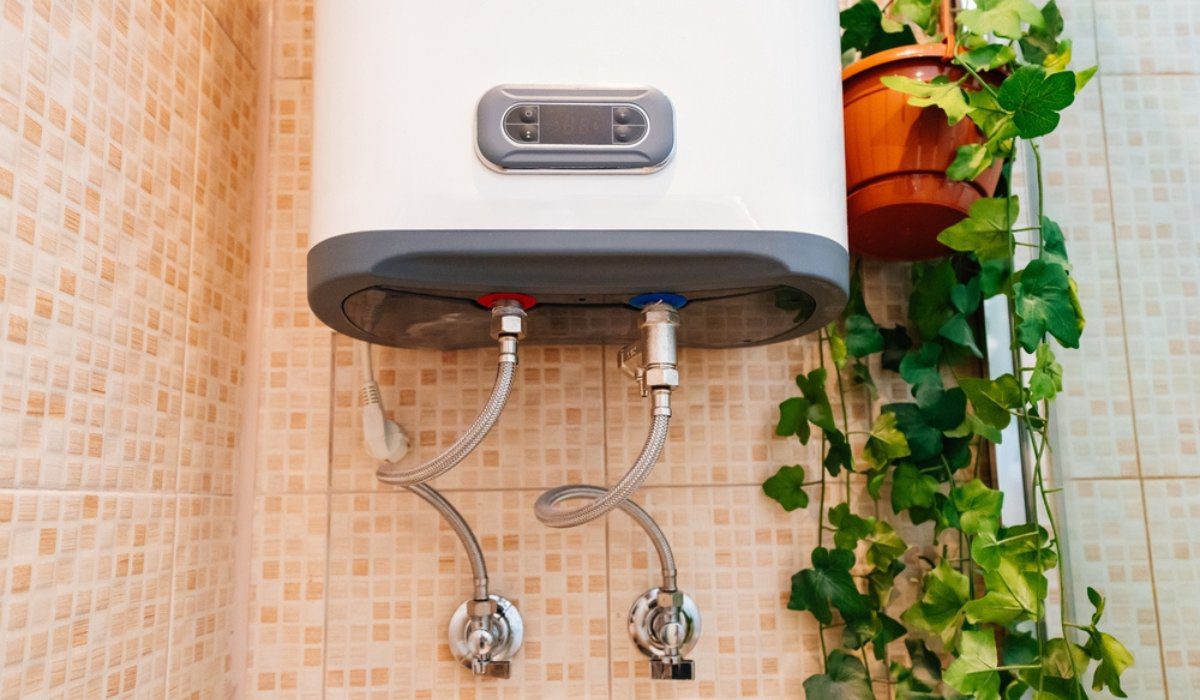Steps to Effectively Maintain Your Home's Hot Water System
Steps to Effectively Maintain Your Home's Hot Water System
Blog Article
This article down below relating to Tips For Maintaining Your Hot Water Heater is unquestionably enjoyable. Don't bypass it.

Warm water is vital for daily convenience, whether it's for a refreshing shower or washing recipes. To ensure your hot water system runs successfully and lasts longer, routine maintenance is crucial. This article supplies practical suggestions and understandings on how to keep your home's hot water system to prevent disturbances and costly repair services.
Intro
Keeping your home's hot water system might seem complicated, but with a few simple actions, you can guarantee it operates smoothly for years ahead. This guide covers everything from understanding your warm water system to DIY maintenance tips and recognizing when to contact expert help.
Relevance of Keeping Your Hot Water System
Routine upkeep not just extends the life expectancy of your warm water system yet also guarantees it operates effectively. Overlooking upkeep can bring about decreased efficiency, higher energy expenses, and even premature failing of the system.
Indicators Your Warm Water System Needs Maintenance
Understanding when your warm water system requires focus can prevent major problems. Watch out for indicators such as irregular water temperature level, weird sounds from the heater, or rusty water.
Understanding Your Hot Water System
Before diving into upkeep jobs, it's handy to recognize the standard components of your hot water system. Generally, this includes the water heater itself, pipes, anode rods, and temperature controls.
Regular Monthly Upkeep Tasks
Routine regular monthly checks can assist capture small problems prior to they intensify.
Purging the Hot Water Heater
Flushing your water heater removes debris build-up, boosting performance and lengthening its life.
Monitoring and Changing Anode Rods
Anode poles stop rust inside the storage tank. Inspecting and replacing them when broken is critical.
Checking and Changing Temperature Settings
Readjusting the temperature level setups makes certain optimal performance and safety.
DIY Tips for Maintenance
You can carry out a number of upkeep tasks on your own to maintain your warm water system in leading condition.
Checking for Leaks
Consistently check pipelines and links for leakages, as these can bring about water damages and greater expenses.
Testing Stress Relief Valves
Examining the stress relief valve guarantees it works properly and prevents too much stress buildup.
Insulating Pipes
Insulating warm water pipelines decreases heat loss and can conserve energy.
When to Call a Professional
While do it yourself upkeep is advantageous, some issues call for professional experience.
Complex Problems Requiring Specialist Assistance
Instances consist of major leakages, electrical troubles, or if your hot water heater is regularly underperforming.
Regular Expert Maintenance Perks
Professional upkeep can include detailed evaluations, tune-ups, and making certain conformity with safety requirements.
Conclusion
Normal maintenance of your home's warm water system is important for performance, durability, and price savings. By adhering to these suggestions and recognizing when to seek specialist help, you can make certain a reputable supply of warm water without unforeseen disturbances.
How to Maintain an Instant Hot Water Heater
Before tinkering with your hot water heater, make sure that it’s not powered on. You also have to turn off the main circuit breaker and shut off the main gas line to prevent accidents. Also turn off the water valves connected to your unit to prevent water from flowing into and out of the appliance. 2. When you’re done, you have to detach the purge valves’ caps. These look like the letter “T†and are situated on either side of the water valves. Doing so will release any pressure that has accumulated inside the valves while at the same time avoid hot water from shooting out and burning your skin. 3. When the purge valves’ caps are removed, you have to connect your hosing lines to the valves. Your unit should have come with three hoses but if it didn’t, you can purchase these things from any hardware or home repair shops. You can also get them from retail stores that sell water heating systems. Read the user’s manual and follow it to complete this task properly. When the hosing lines are connected, open the purge port’s valves. 4. You should never use harsh chemical cleaners or solutions when cleaning your unit. Make use of white vinegar instead. It should be undiluted and you’ll probably use about 2 gallons. 5. Now flush your water heater. This task should probably take about 40 minutes. We can’t give you specific directions for this because the procedure is carried out depending on the type, model and brand of your heater. With that being said, refer to the user’s manual. 6. When you’re done draining the unit, you have to turn off the purge port valves again. Remove the hosing lines that you earlier installed on each of the water valves. Put the valve caps (purge port) back in their respective places and be very careful so as not to damage the rubber discs that are found inside these caps. 7. Now that everything’s back in place, check your user’s manual again to find out how to reactivate your water heating system. 8. Once it is working, turn one of your hot water faucets on just to let air pass through the heater’s water supply pipes. Leave the tap on until water flows smoothly out of it. https://www.orrplumbing.com/blog/2014/september/how-to-maintain-an-instant-hot-water-heater/

I came across that piece of writing on How to Maintain a Hot Water Heater in a Few Simple Steps when doing a lookup on the internet. Sharing is nice. Helping people is fun. I appreciate reading our article about How to Maintain a Hot Water Heater in a Few Simple Steps.
Schedule A Free Estimate Report this page